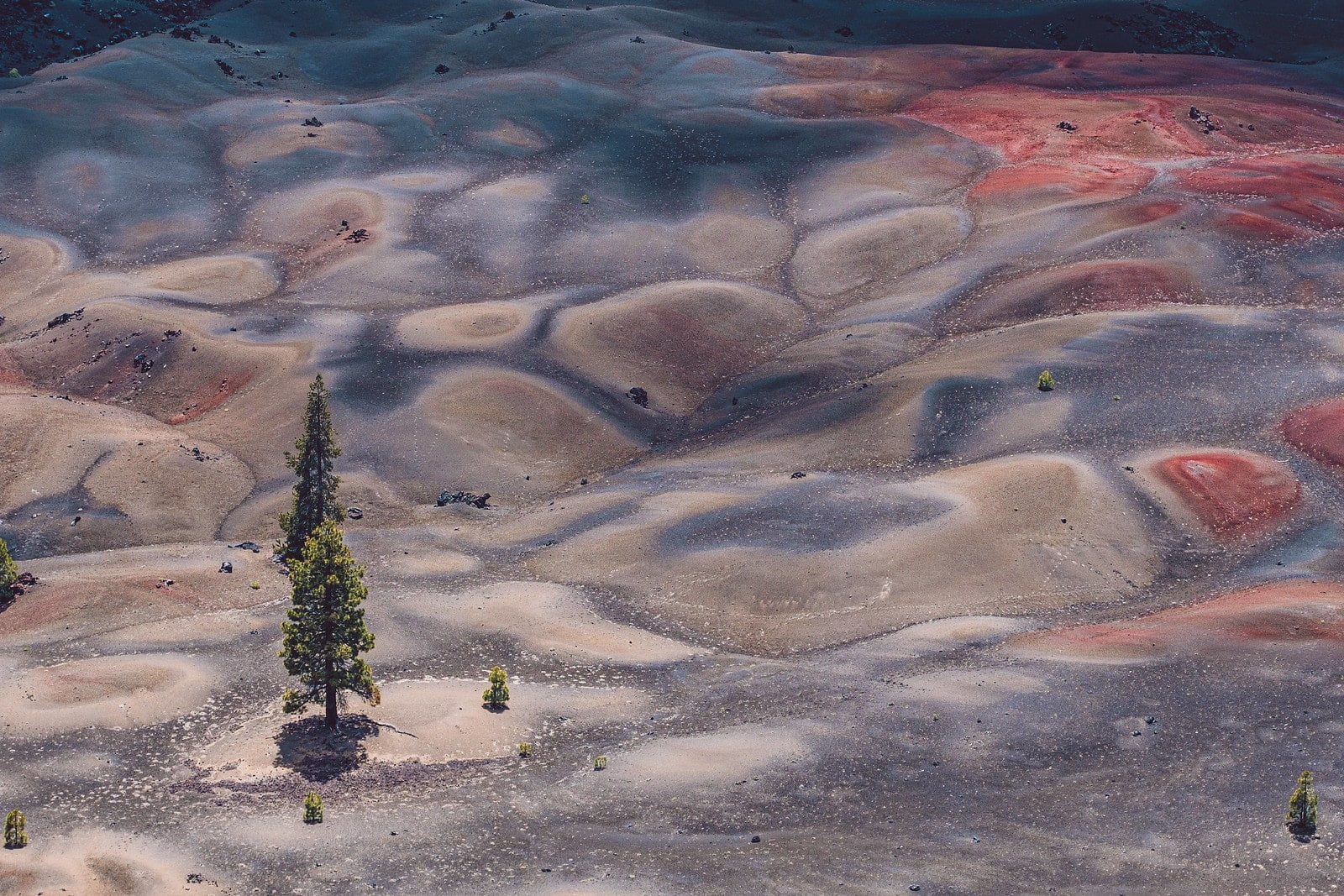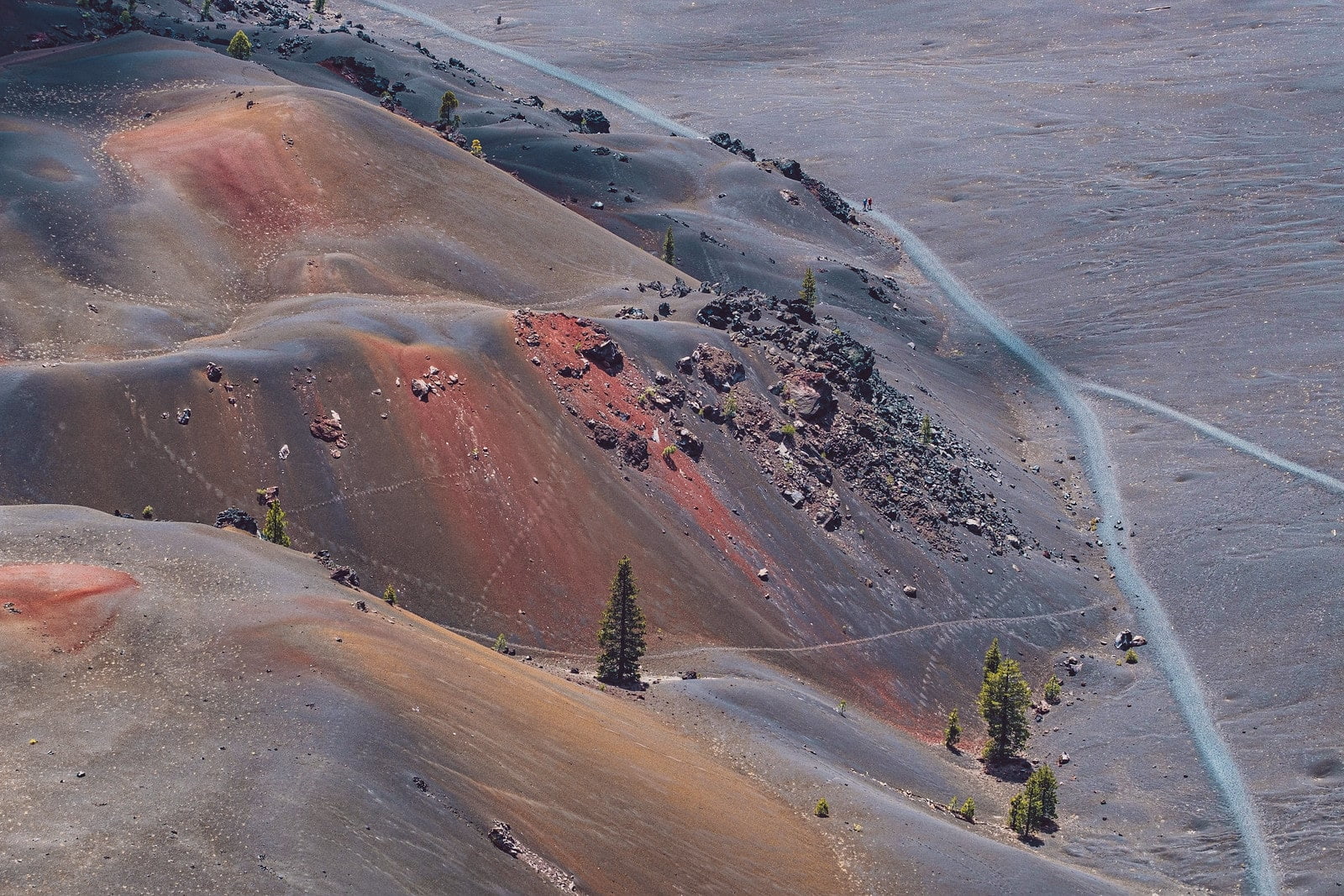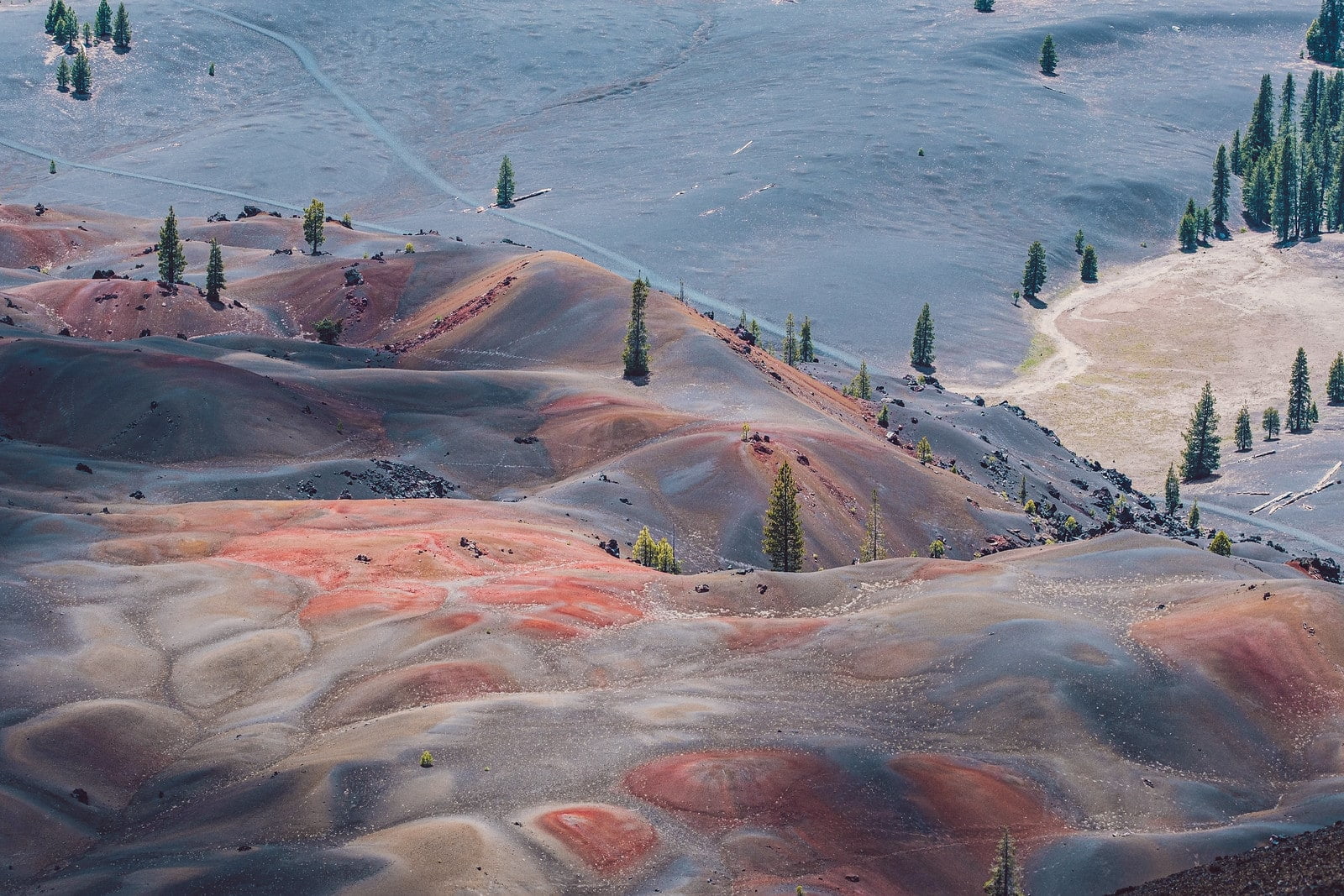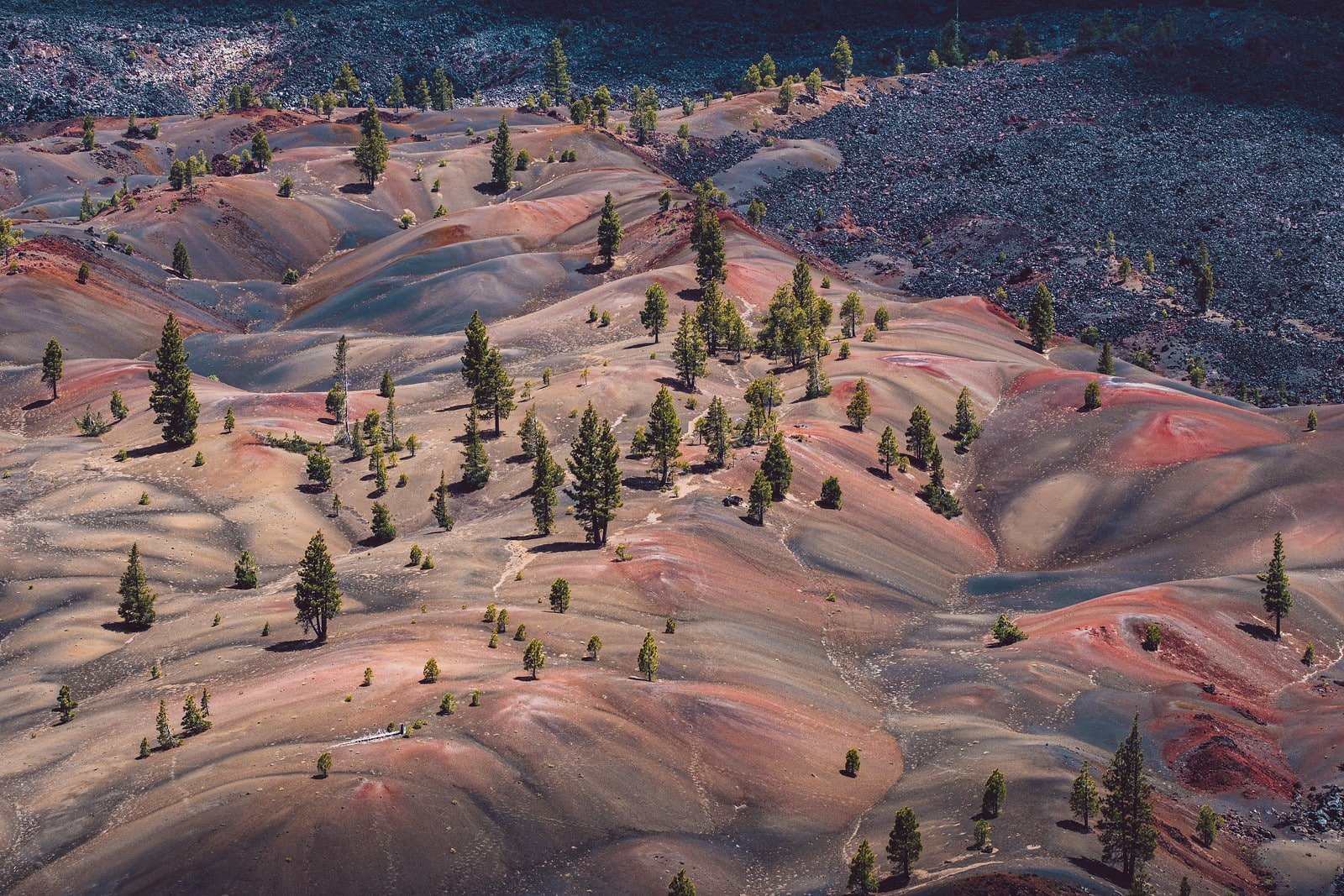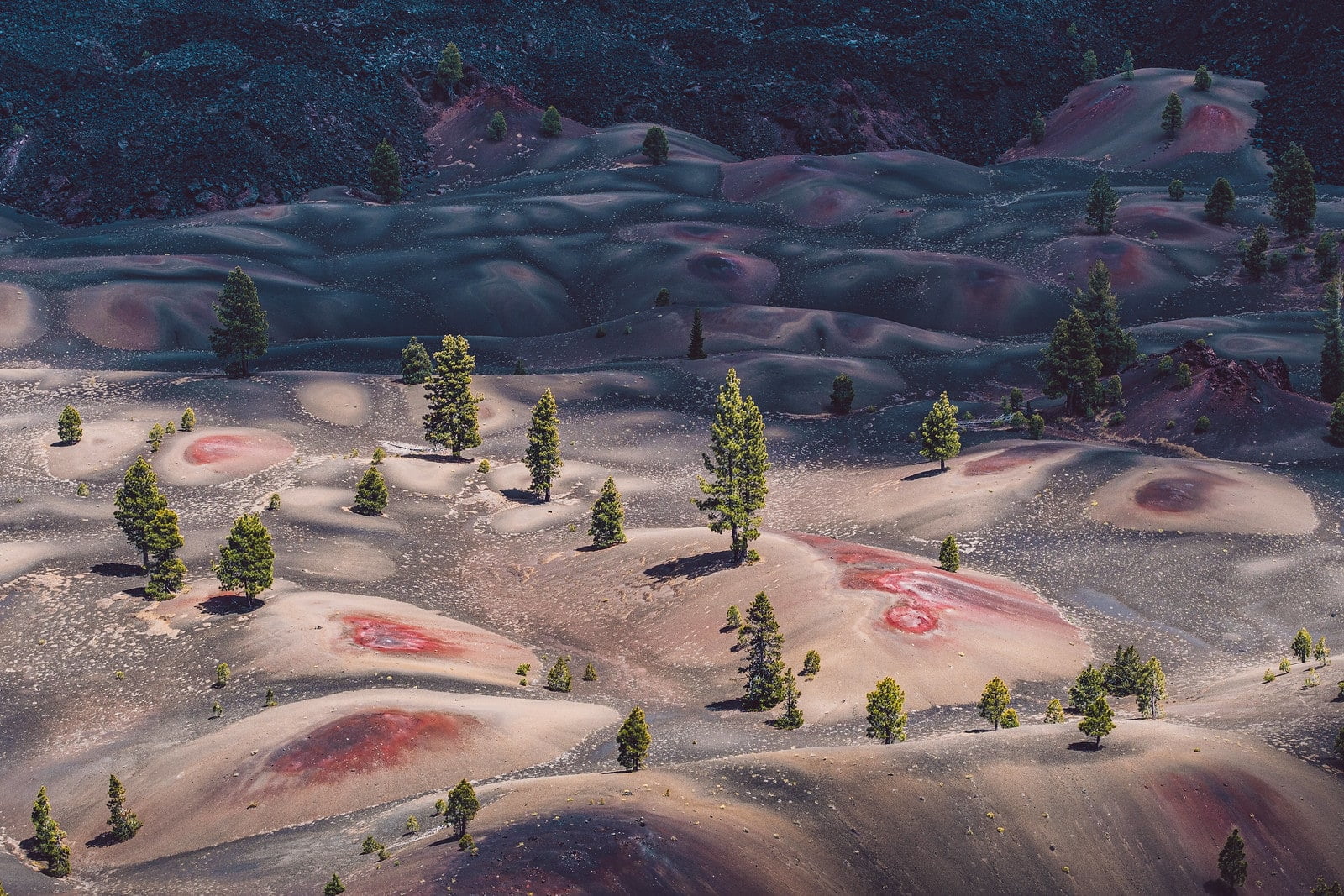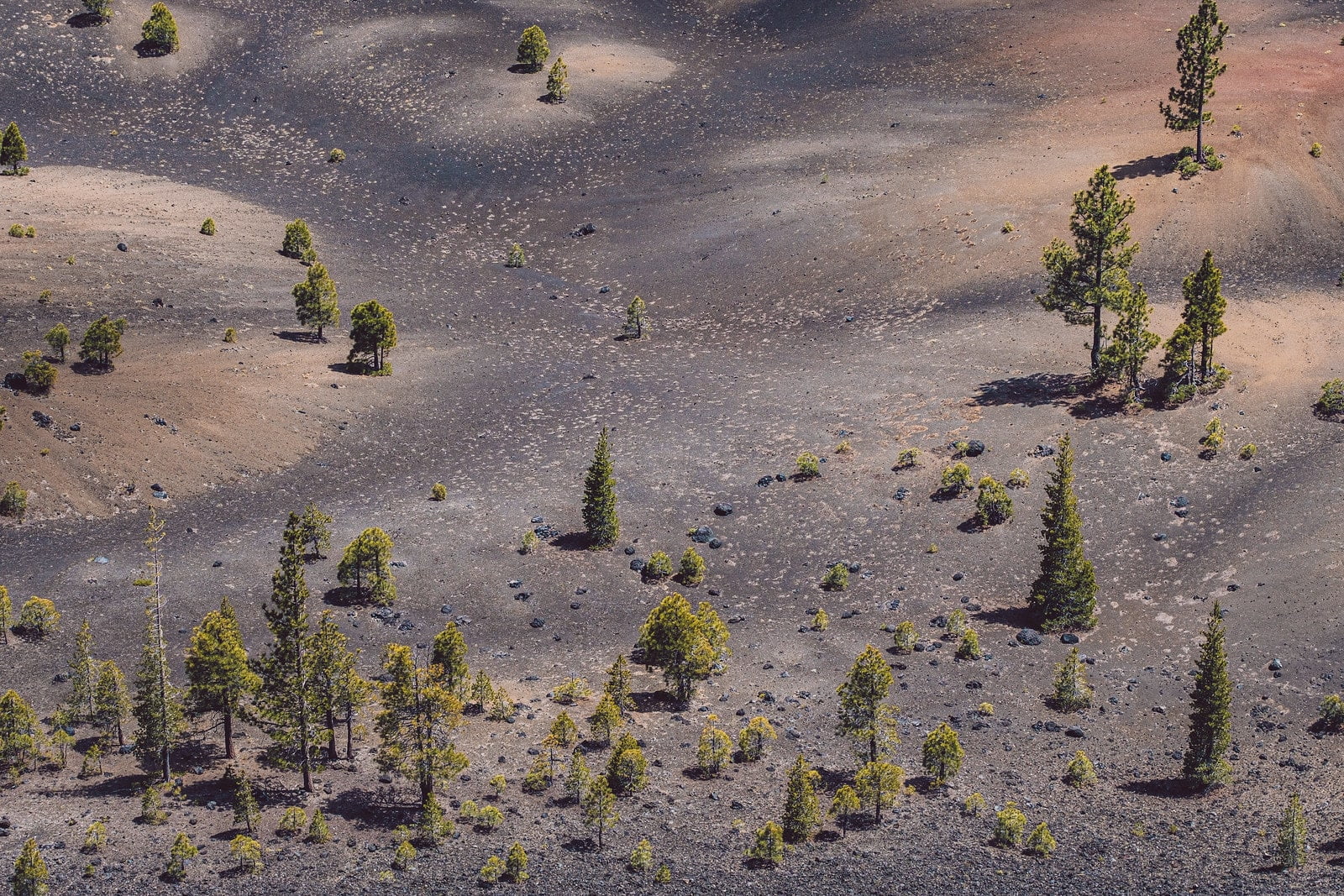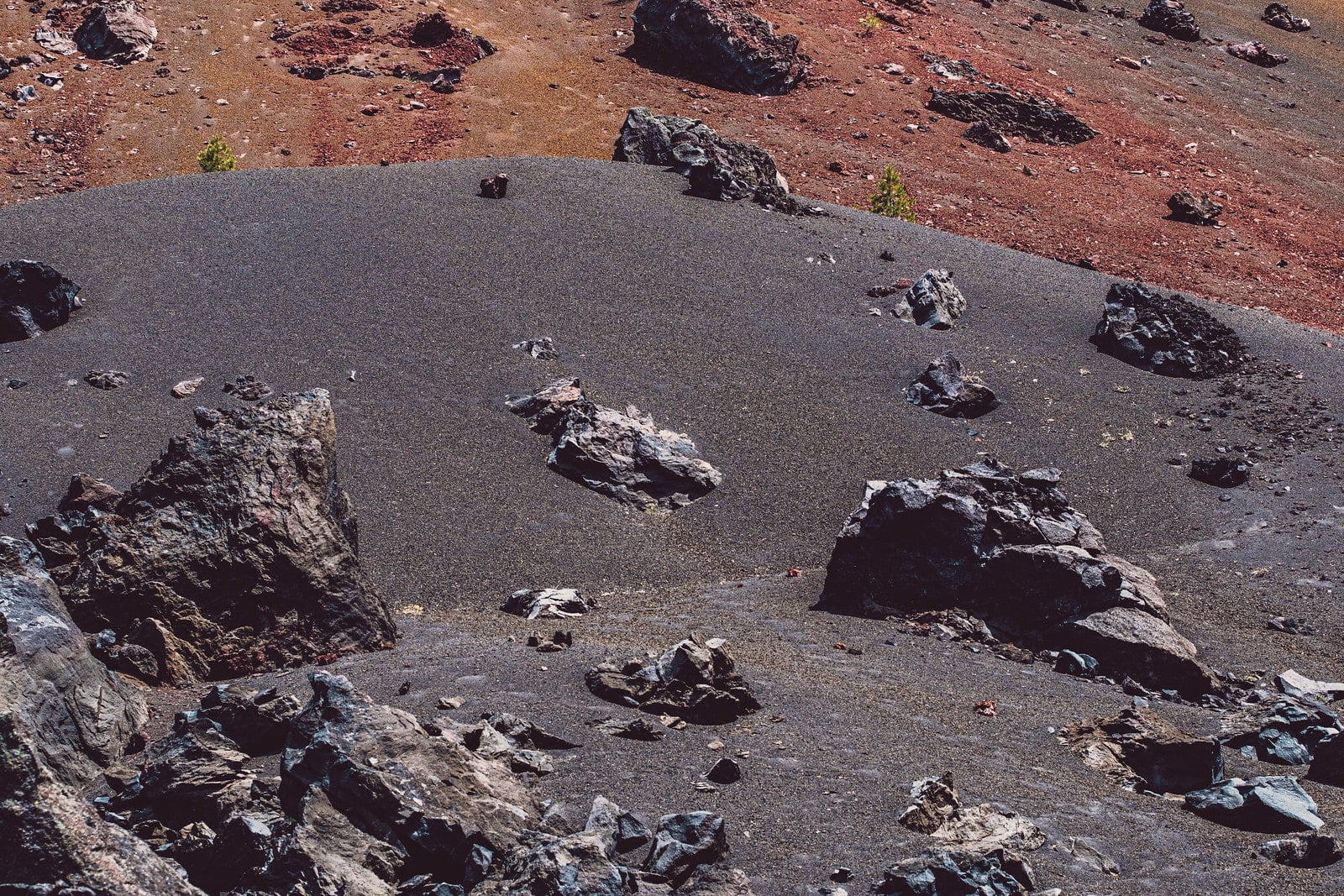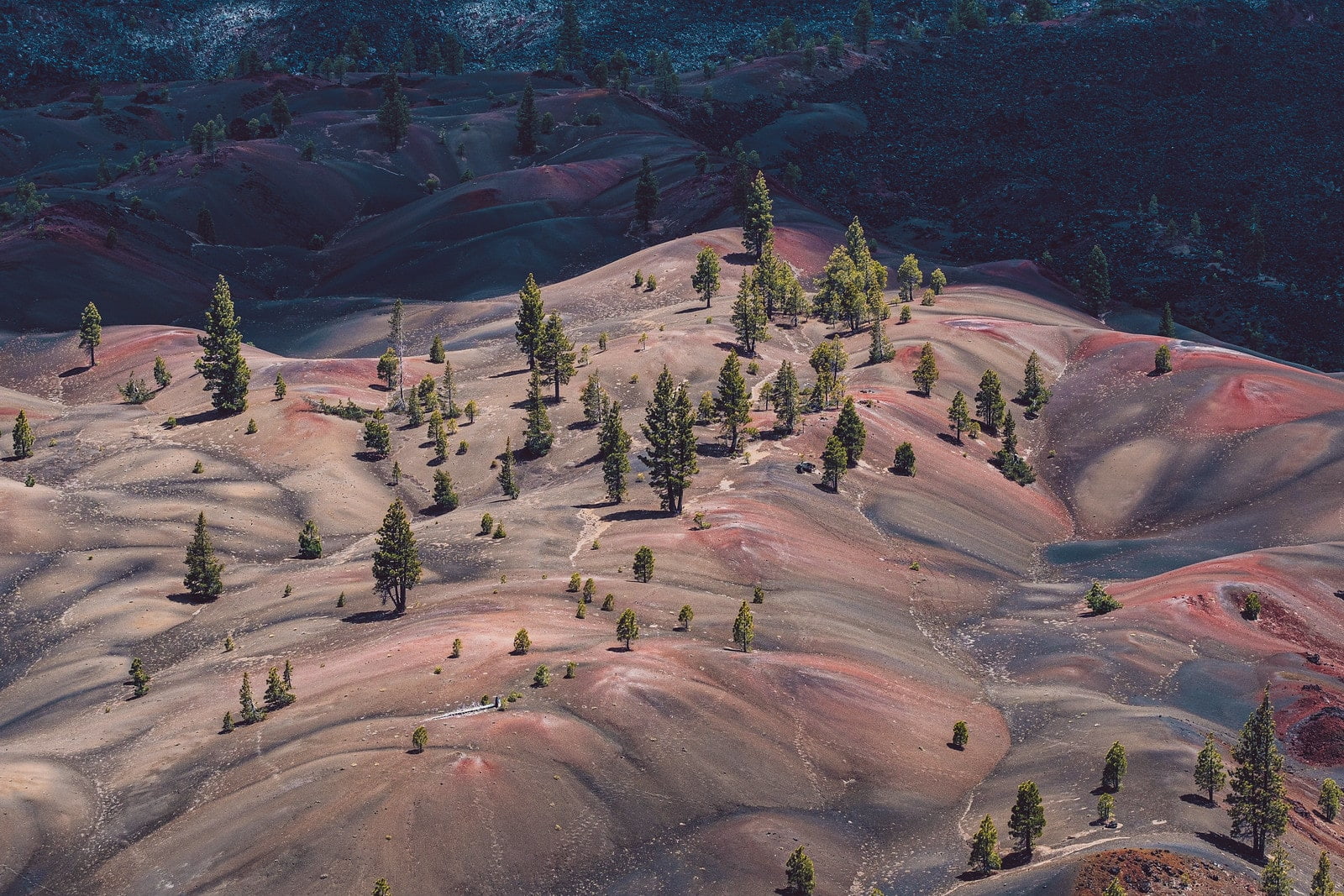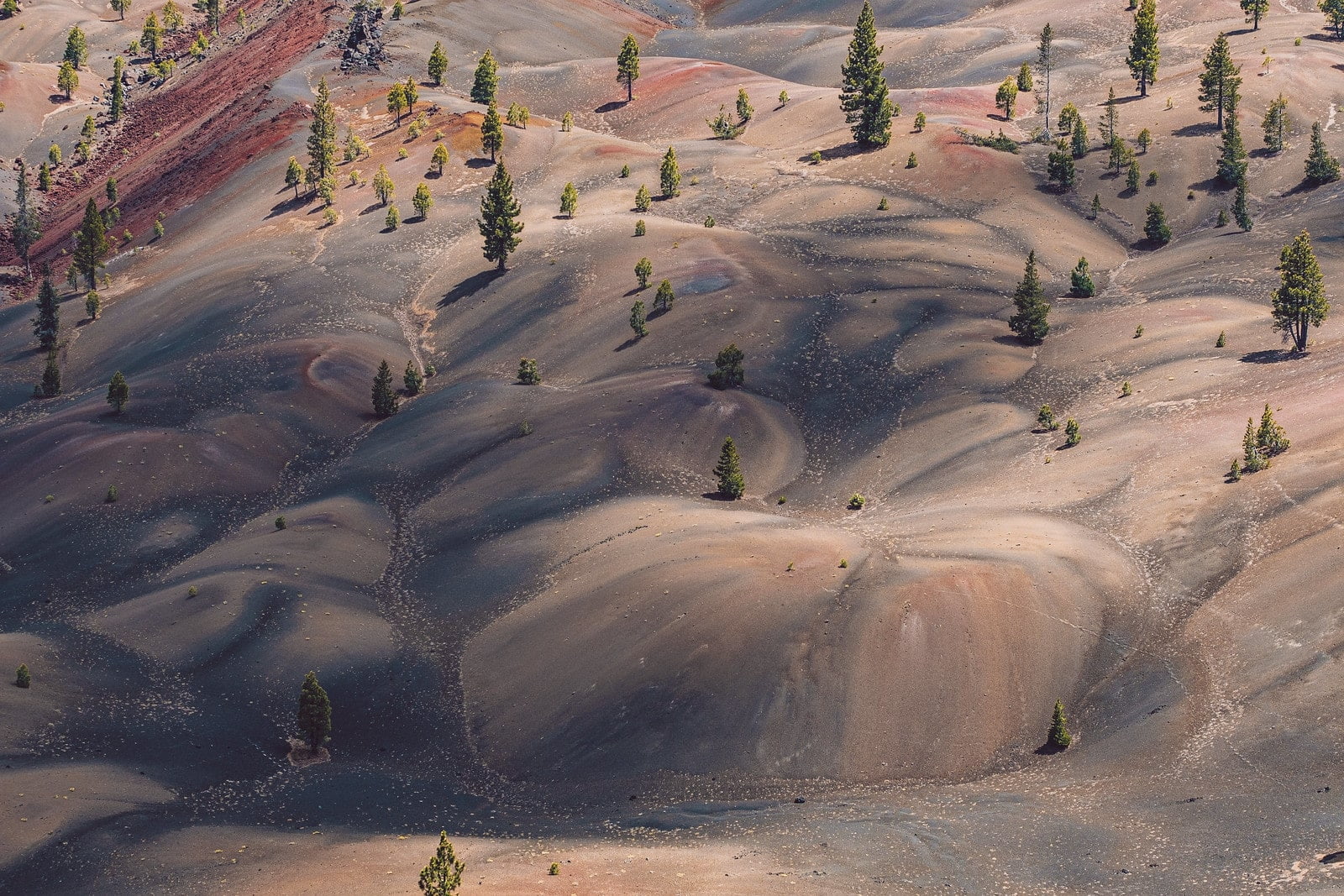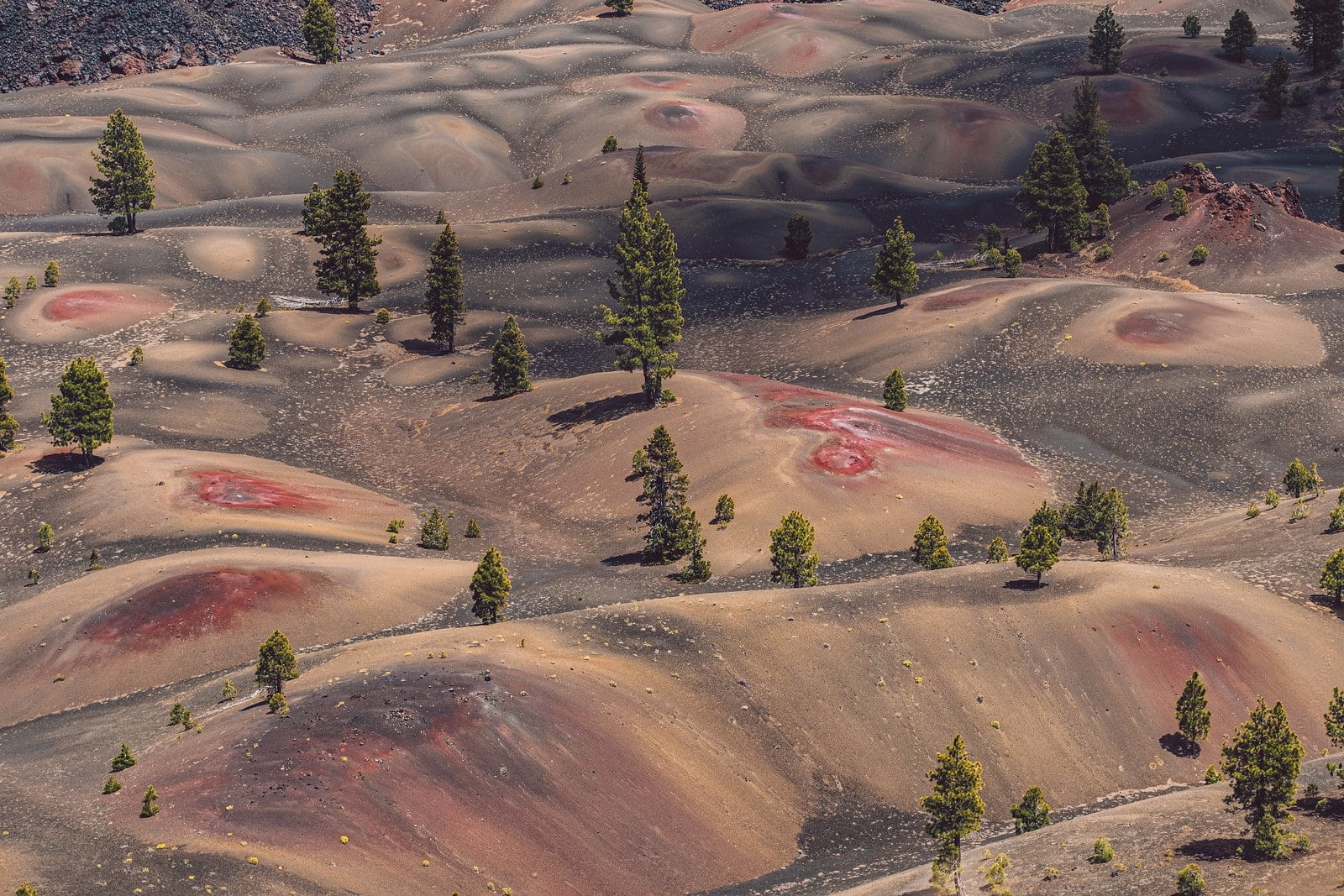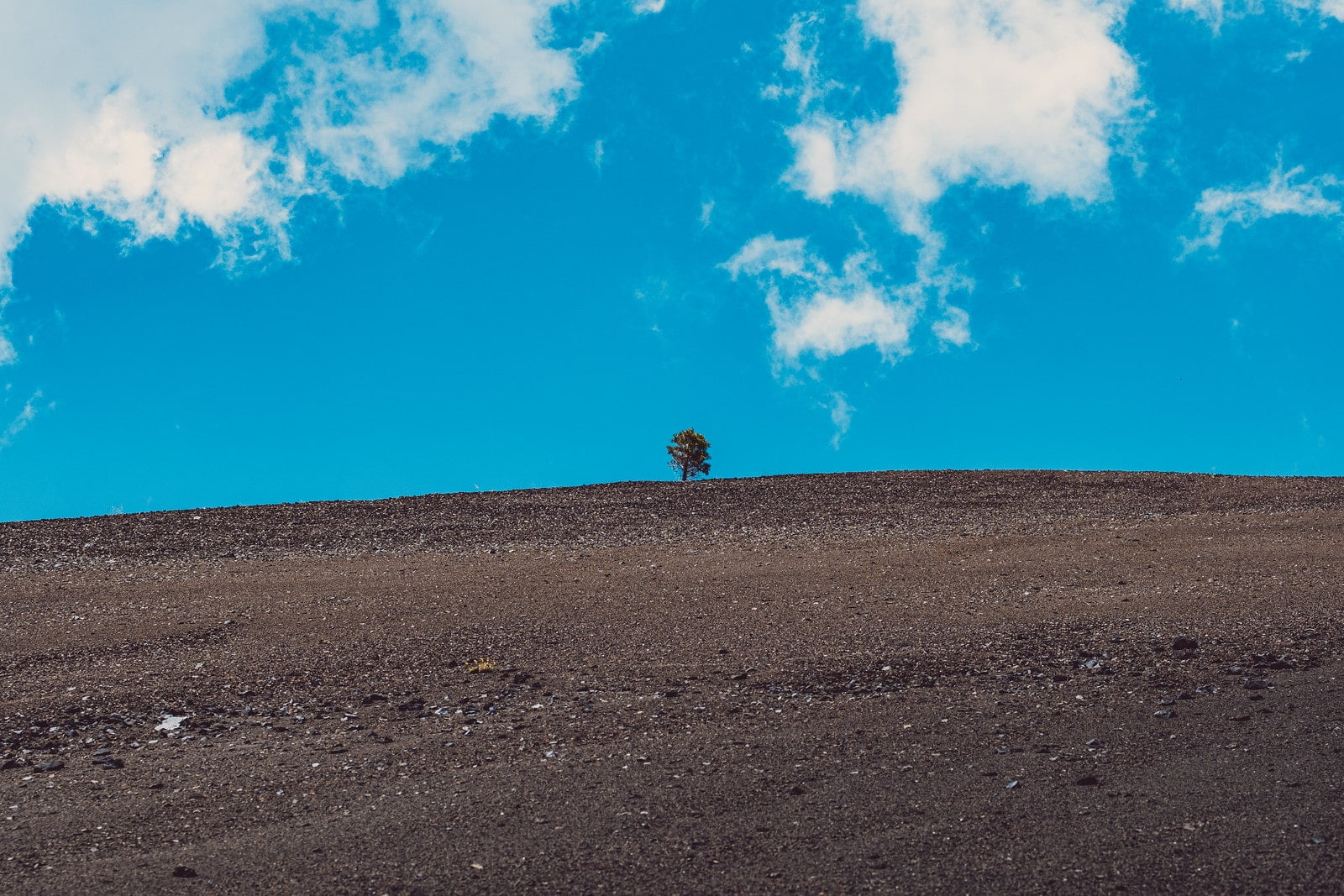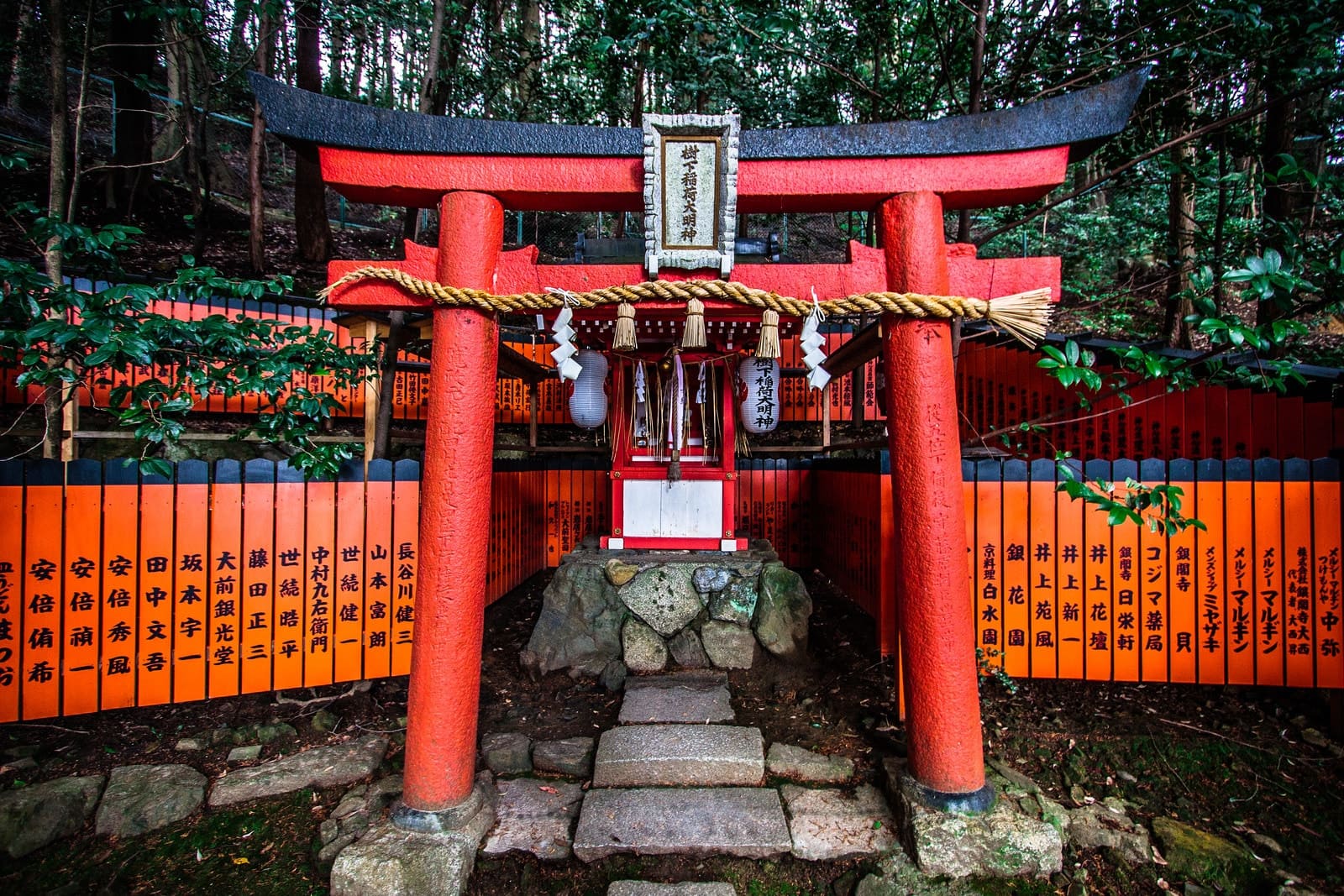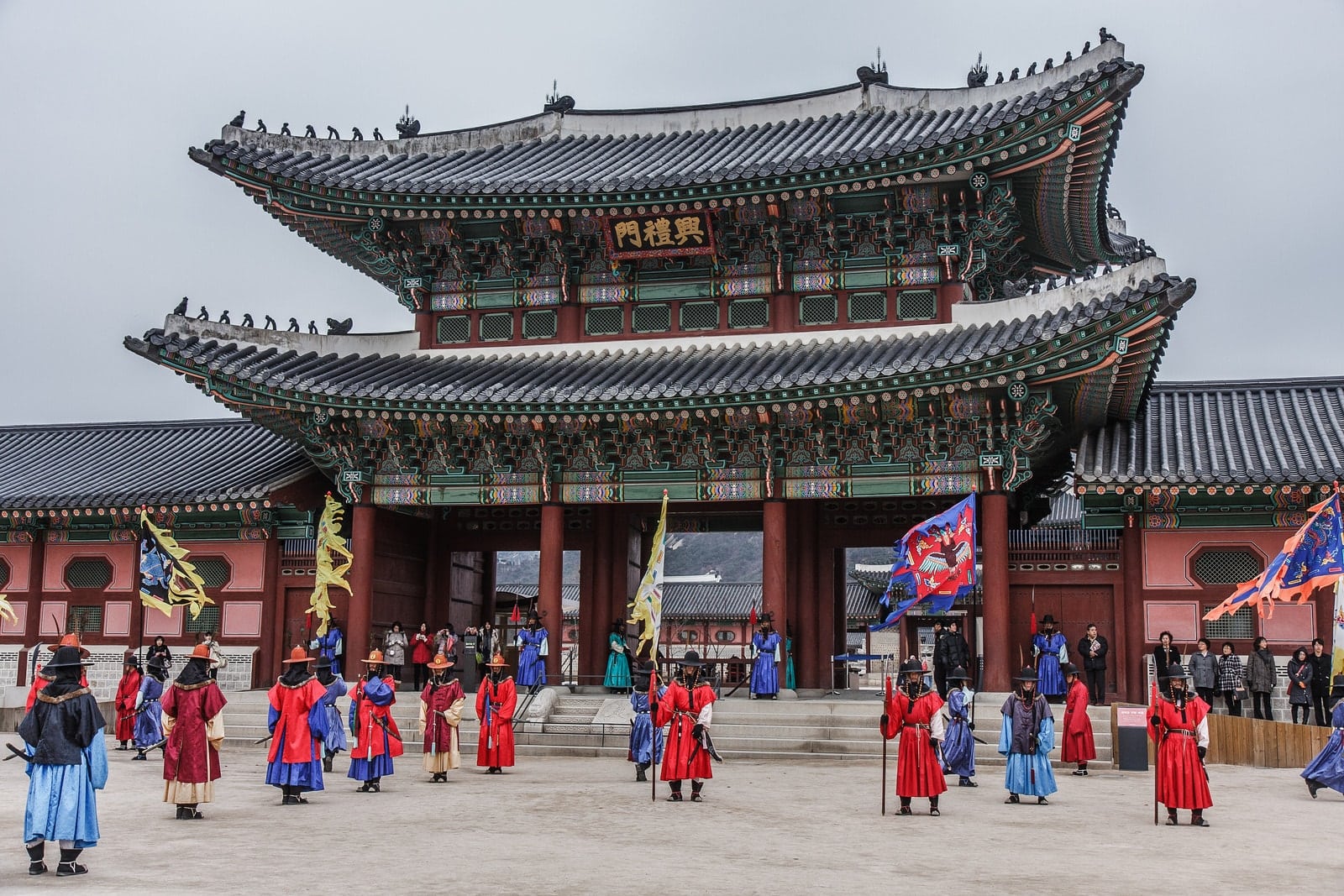Looking back across the long cycles of change through which the land has been shaped into its present form, let us realise that these geographical revolutions are not events wholly of the dim past, but that they are still in progress. So slow and measured has been their march, that even from the earliest times of human history they seem hardly to have advanced at all. But none the less are they surely and steadily transpiring around us. In the fall of rain and the flow of rivers, in the bubble of springs and the silence of frost, in the quiet creep of glaciers and the tumultuous rush of ocean waves, in the tremor of the earthquake and the outburst of the volcano, we may recognise the same play of terrestrial forces by which the framework of the continents has been step by step evolved.
— Sir Archibald Geikie, Lecture at the Evening Meeting, Royal Geographical Society (24 Mar 1879), ‘Discussion on Geographical Evolution’, in Proceedings of the Royal Geographical Society and Monthly Record (1879)
The Painted Dunes are multicolored pumice fields formed by oxidation of volcanic ash as they fell out of volcanic eruptions that have sculpted the area inside Lassen National Park in Northern California. The ash on Painted Dunes is brightly oxidized because it fell on lava flows when they were still hot. The Painted Dunes, along with Fantastic Lava Beds, and other eccentric geological features lie near Cinder Cone, a 700-foot tall cinder cone volcano that’s believed to have last erupted in 1650s.
Here’s a series of pictures taken in that area.
